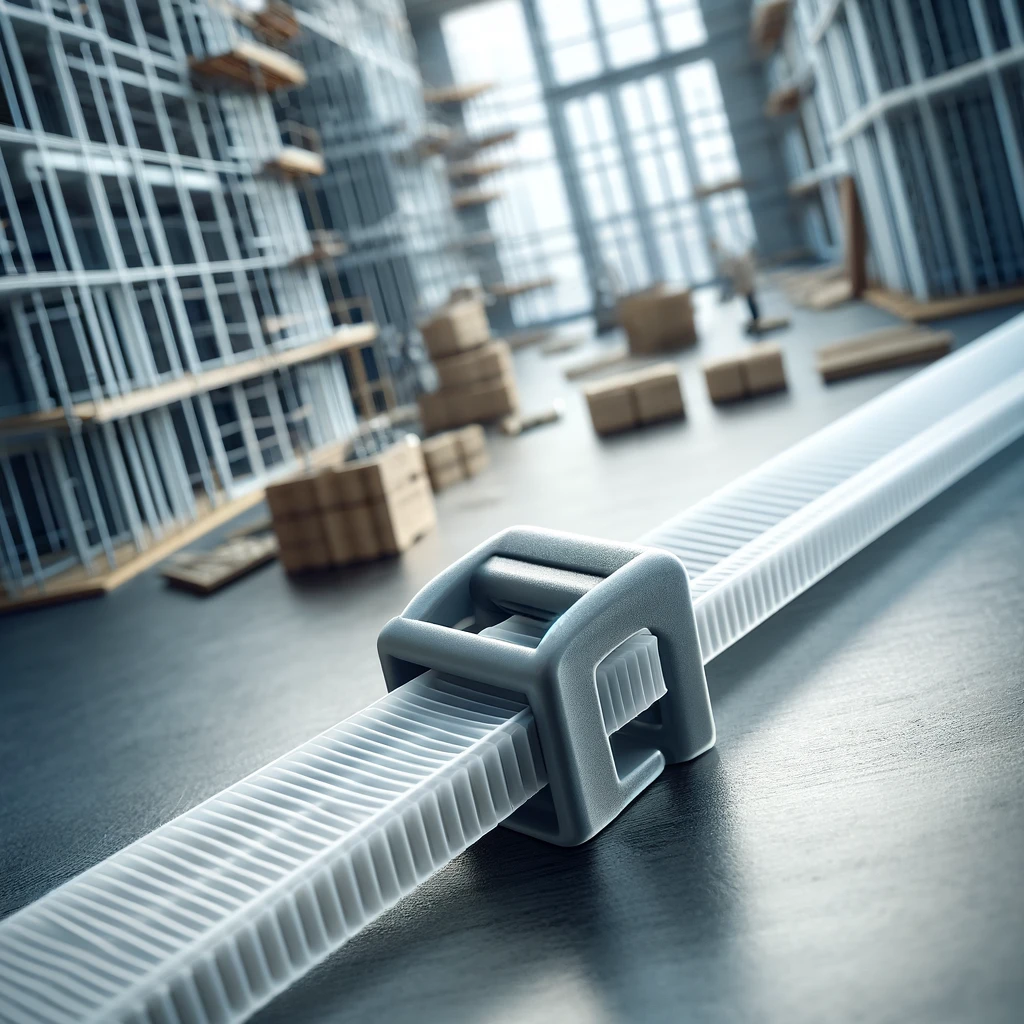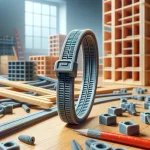Introduction
Cable ties, those small yet mighty fasteners, have become an indispensable tool in various industries. In the realm of modular building construction, their role is both pivotal and multifaceted. As we delve into the specifics, we'll uncover how these simple ties keep the modular world organized and efficient.
In modular construction, builders construct buildings off-site, using the same materials and adhering to standard codes. Cable ties crucially secure components and manage systems throughout the process.
Importance of Cable Management in Modular Construction
Keeping Systems Organized
In modular construction, organization is key. Cable ties ensure that electrical wiring and plumbing systems are neatly bundled. This prevents damage during transport and makes installation on-site quicker and more efficient. By using cable ties, workers can easily identify and access the necessary systems, reducing the risk of errors and delays.
Enhancing Safety
Safety is paramount in construction. Cable ties contribute to a safer work environment by securing cables and preventing trip hazards. They also help in maintaining the integrity of electrical systems, reducing the risk of shorts or fires.
Cable Ties: Versatility and Durability

Material Advancements
Cable ties have evolved, with materials designed to withstand harsh conditions. UV-resistant and heat-stabilized options are available, ensuring longevity even in outdoor or high-temperature environments. This durability is essential in modular construction, where ties must maintain their hold through various stages of the building process.
A Range of Sizes and Strengths
Modular construction involves diverse components, from delicate wiring to heavy ductwork. Cable ties come in various sizes and tensile strengths, accommodating everything from fine control cables to robust conduits.
Installation Efficiency and Cost-Effectiveness
Speeding Up Construction
Time is money in construction. Cable ties enable quick and easy fastening, which speeds up the assembly of modular units. This efficiency translates to cost savings and faster project completion times. The simplicity of cable ties also means that less skilled labor is required for their application, further reducing costs.
Reusability and Waste Reduction
Modular construction is known for its sustainability, and cable ties contribute to this. Releasable cable ties can be adjusted or reused, minimizing waste. This aligns with the modular construction ethos of reducing environmental impact and supports the industry's move towards greener building practices.
Cable Ties and Innovation in Modular Construction
Supporting Technological Advances
As modular construction embraces technology, cable ties are right there, securing the latest innovations. Whether it's smart home systems or advanced climate controls, cable ties ensure that the technological components of modular units are firmly in place and protected during assembly and transport.
Custom Solutions for Complex Builds
Some modular projects require custom solutions. Manufacturers have responded by creating cable ties with specific features, such as integrated mounts or identification tags. These specialized ties support the unique needs of complex modular constructions, demonstrating the adaptability of cable ties within the industry.
Conclusion
Cable ties may be small, but their impact on modular building construction is immense. They bring organization, safety, versatility, and efficiency to the process, proving that great things often come in small packages. As modular construction continues to evolve, cable ties will undoubtedly remain a key component in its success.
Explore our latest blog post to learn more about the innovative uses of cable ties in other industries and how they continue to shape the world of construction.

